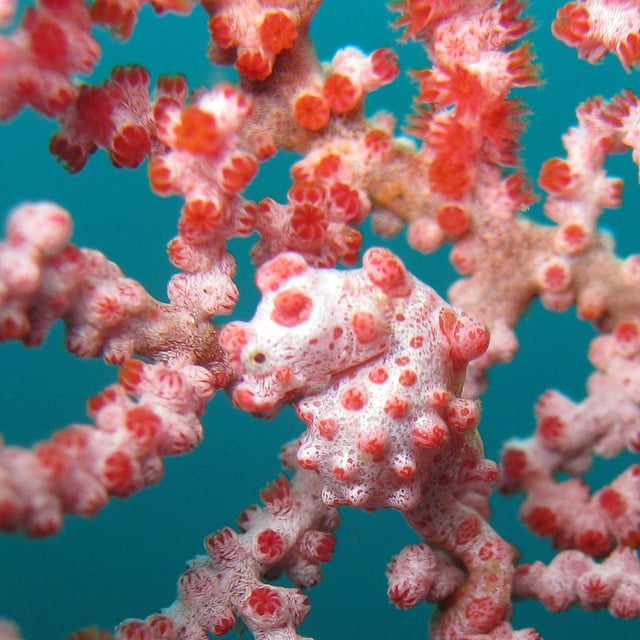Overview
- An international team led by Qiang Lin and Axel Meyer reports the findings in PNAS, sequencing Hippocampus bargibanti and comparing it across seahorse lineages.
- The analyses identify a loss-of-function of hoxa2b that prevents snout elongation, producing a compact mouth that blends with Muricella coral polyps.
- The genome shows extensive losses of immune-system genes, consistent with microbial protection conferred by coral toxins and metabolites.
- The fish live tightly bound to Muricella gorgonian corals in the western Pacific, with skin nodules and coloration that replicate their hosts.
- Phylogenetic results place the pygmy seahorse lineage about 18 million years apart from other seahorses, underscoring a long, specialized evolution as coral bleaching and ocean acidification threaten their hosts, with authorities recently reporting record bleaching around Australia.

